
0161 327 0421
C2 USE Planning Permission
Planning permission for children's homes and supported living facilities
In order to use a property as a children's home (C2 use), you'll likely need planning permission if it's a material change of use from its current designation (like a dwelling house, C3). However, changes within permitted development rights might not require a full application.
What does having a C2 residential institution use mean?
Class C2 (residential institutions) pertains to various facilities such as residential care homes, hospitals, nursing homes, boarding schools, residential colleges, and training centres. Additionally, there is a subcategory known as C2a for 'secure residential institutions,' which encompasses prisons, detention centres, custody facilities, secure hospitals, and secure accommodations provided by local authorities.
Class C2 (residential institutions) is eligible for certain limited permitted development rights that allow for changes in use without the need for a full planning application. However, there could be specific conditions and limitations associated with these changes. Other potential restrictions may apply on permitted development rights, such as existing planning conditions or Article 4 Directions. It is advisable to seek advice/ confirmation regarding any proposed changes in use that rely on permitted development rights.
Clarifying Use Class C2 and Its Distinctions from C3(b)
Use Class C2 (Residential Institutions) and C3(b) (Residential Homes with Care). While both classifications pertain to properties providing care services, they differ significantly in terms of their target demographics and the permissions needed for alterations to these uses.
So what is Use Class C2?
Definition of Use Class C2 (Residential Institutions)
Use Class C2 includes properties intended for residential institutions that offer both care and accommodation. Examples are:
- Care homes
- Hospitals
- Nursing facilities
- Residential schools or colleges
- Training centres
Properties in the C2 category generally serve individuals who need extensive care, such as the elderly, people with disabilities, or those requiring medical or specialised assistance.
Why is planning permission required to change from C3 to C2 use?
Any change in use from C3 (Residential) to C2 necessitates full planning permission. This requirement arises from the greater impact C2 uses can have on their surroundings, which includes factors such as:
- Increased traffic from staff and visitors.
- Altered building requirements, like accessibility provisions and communal areas.
- Potential noise and disruption stemming from operational activities.
Definition of C3(b)
C3(b) is part of the broader C3 (Dwelling houses) category and pertains to properties accommodating up to six individuals living together as a single household while receiving care. Typical instances include:
- Supported living for adults with disabilities.
- Group homes for those recuperating from mental health challenges.
What is the difference from C2 use?
In contrast to Use Class C2, C3(b) specifically addresses adults residing together and receiving care. It does not encompass children or situations where care is available to a larger group, which is why children's care homes generally fall under the C2 classification.
The difference between Class C2 and C3(b) is critical to avoid misunderstandings, as both categories pertain to care provision. A care home accommodating six adults may fit within C3(b), but if children are involved or if the care is scaled up, a transition to C2 becomes necessary.
How we can assist with C2 planning applications?
We have experience in C2 applications, see example case studies below. Numerous applications for properties classified under Use Class C2 have been successfully managed.
Whether transitioning from C3 to C2 or establishing a new residential facility, guidance can streamline the process and save significant time and resources.
Common Challenges in C2 Applications
Traffic and Parking Considerations
C2 properties typically generate substantial traffic due to staff, visitors, and service vehicles. Local councils may require thorough transport assessments and parking solutions to minimise disruptions. Assistance in creating travel plans can be provided when necessary to support the change of use.
Community Impact
Councils and residents may express concerns regarding noise, privacy, and alterations to the neighbourhood's character. Addressing these issues through considerate design and effective communication is vital.
Reasons to Seek Support for Your C2 Application
Specialised Knowledge
Understanding the nuances of C2 applications. Expertise ensures that applications are effectively presented to local councils, minimising potential hurdles.
Supporting statements
We can help your application by producing detailed supporting statements, including:
Planning statements
Design & Access statements
Management statement
Travel Statement
C2 use supporting statement
Heritage statement (if required)
Proven Success
With a portfolio of successful projects in various areas throughout the UK, experience is at hand to navigate even the most complex cases.
C2 Children's Homes planning permission examples
Previous projects
Change of use to C2 planning permission/ Certificate of lawful development for Children's homes
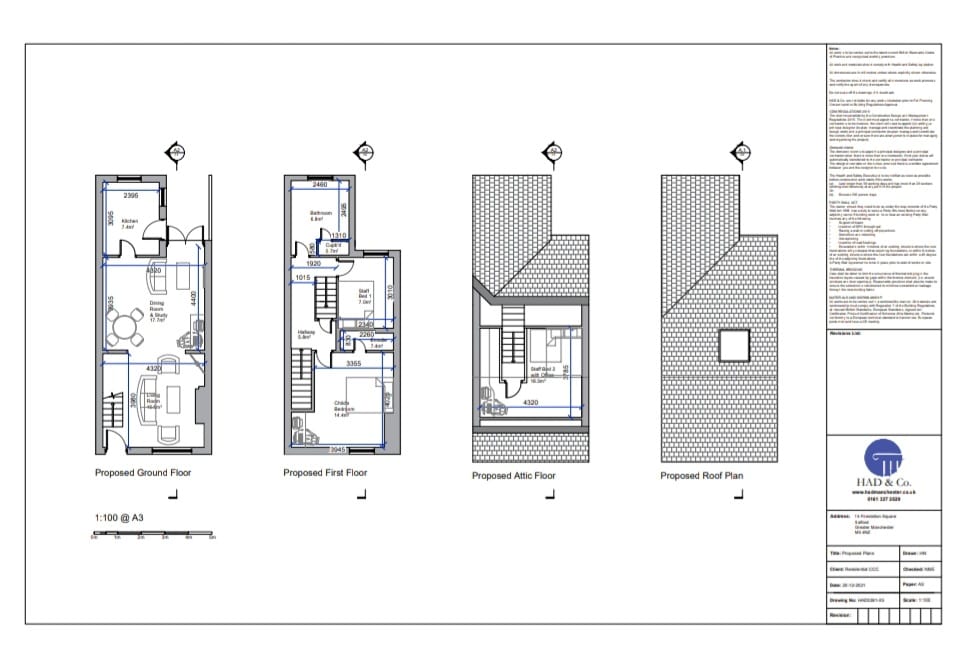
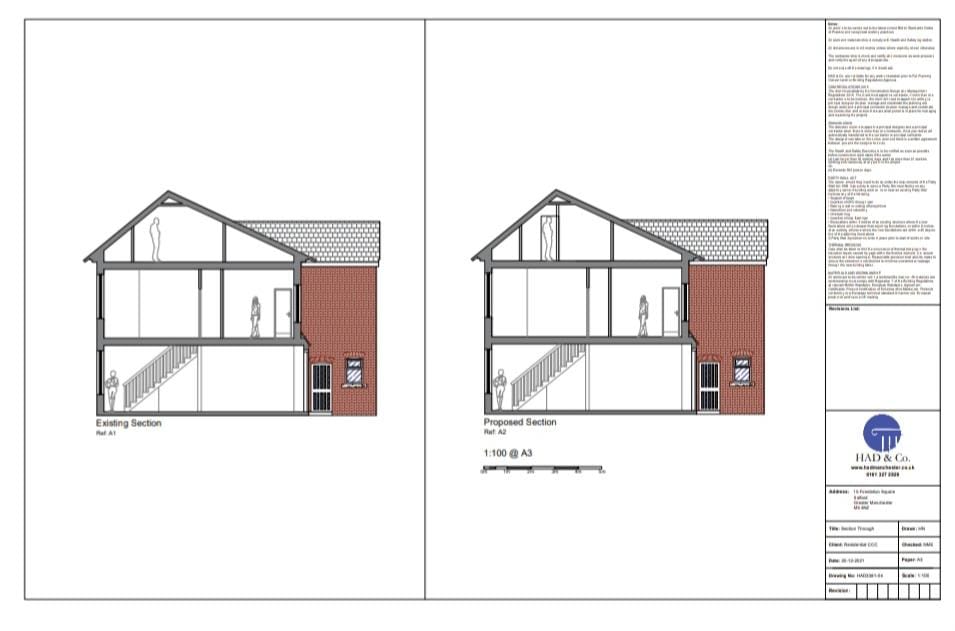
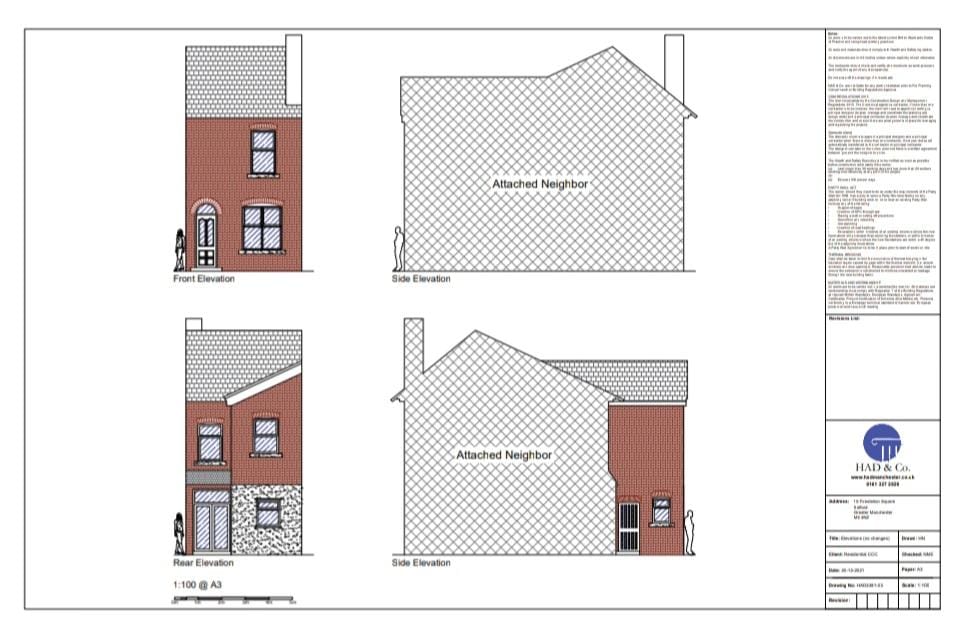
Salford, Lancashire
Certificate of lawfulness for a proposed change of use from C3(a) residential single family dwelling changing to C3(b) residential dwelling providing an element of care.
Certificate of lawfulness for a proposed change of use from C3(a) residential single family dwelling changing to C3(b) residential dwelling providing an element of care.
LDC granted by Salford Council.
Rossendale Borough Council
Change of use from dwelling (Use Class C3) to a four bed children's residential home (Use Class C2)
Approved with Conditions
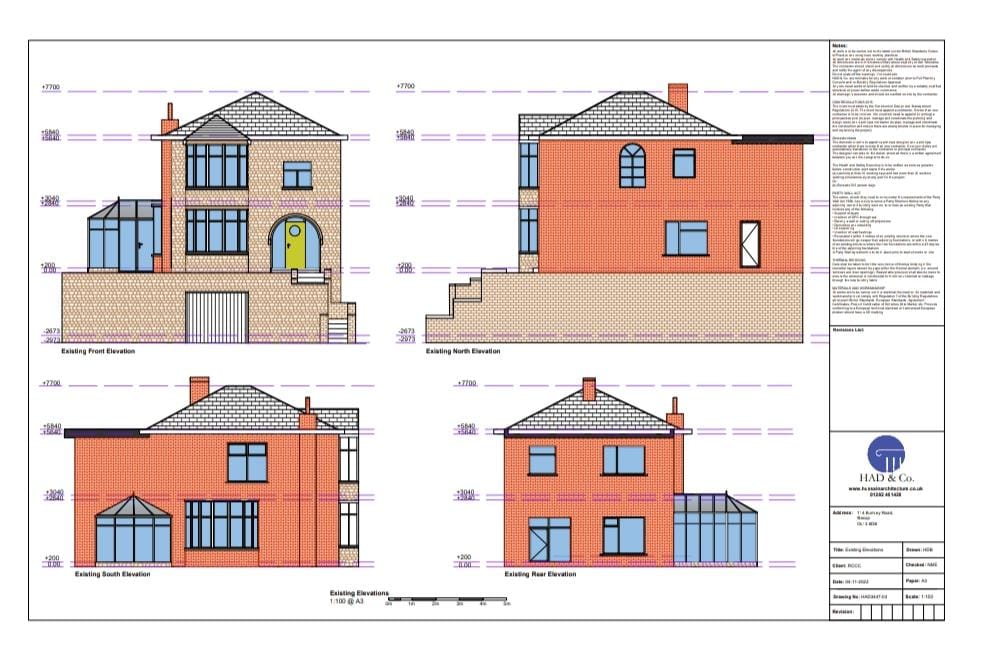
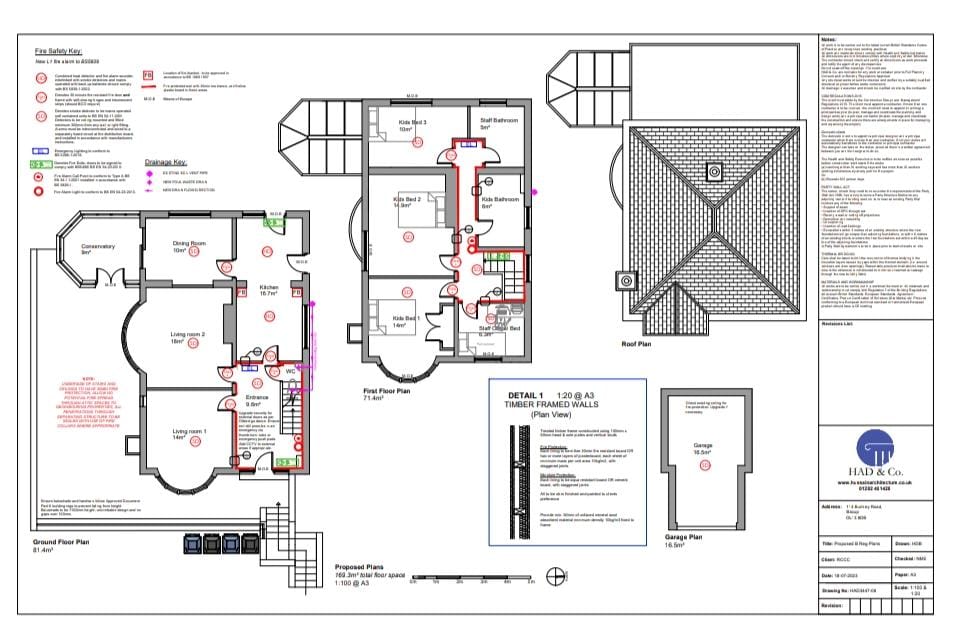
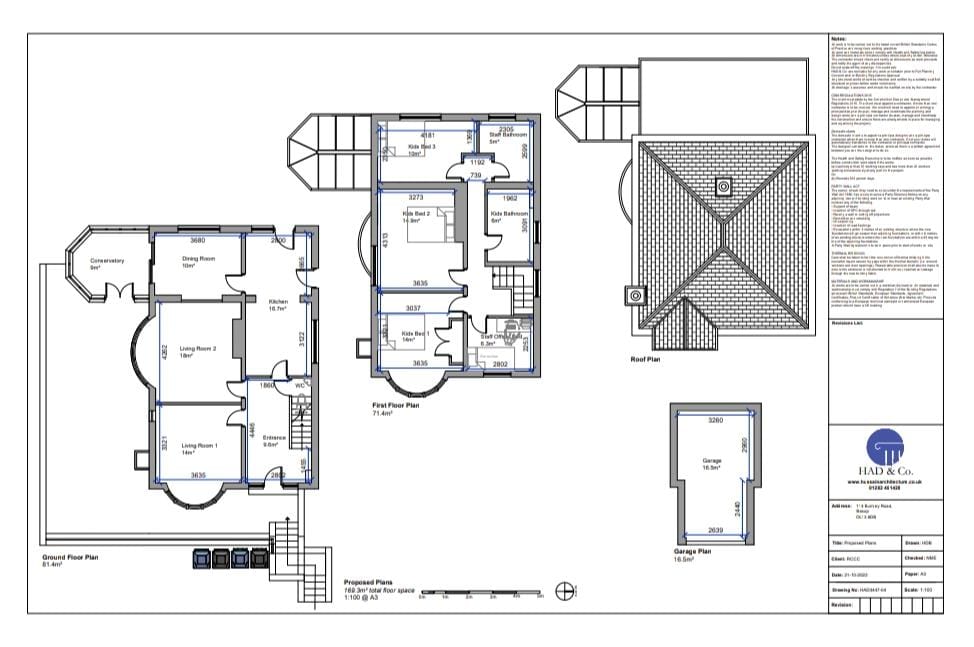
Burnley Council
Change of use from dwelling (Class C3) to children's care home for up to four young people (Class C2)
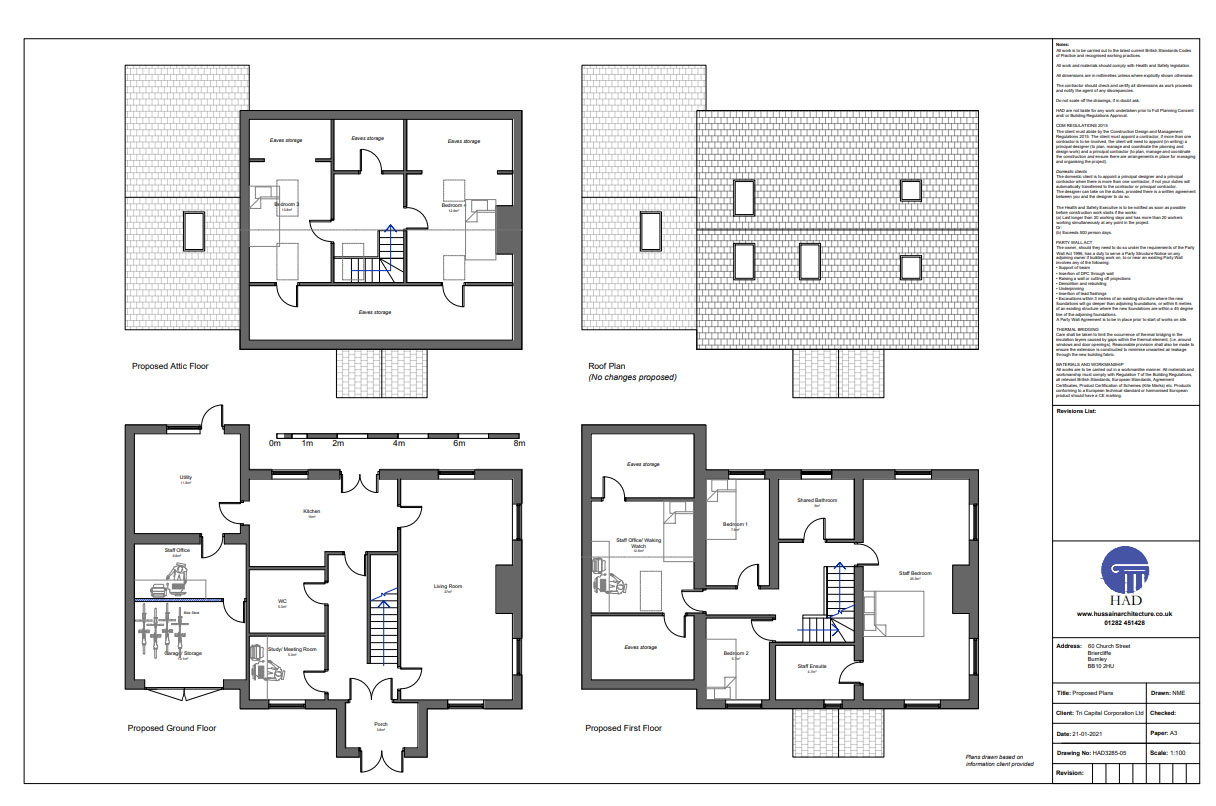
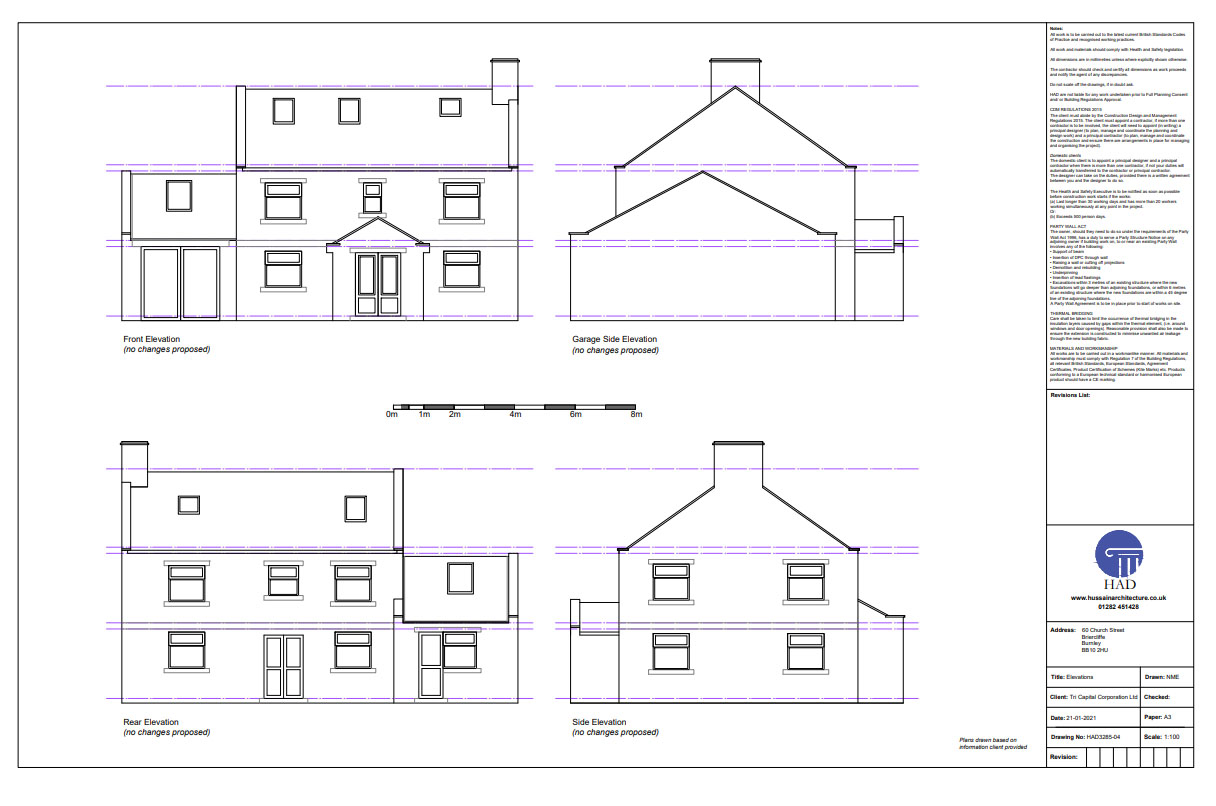
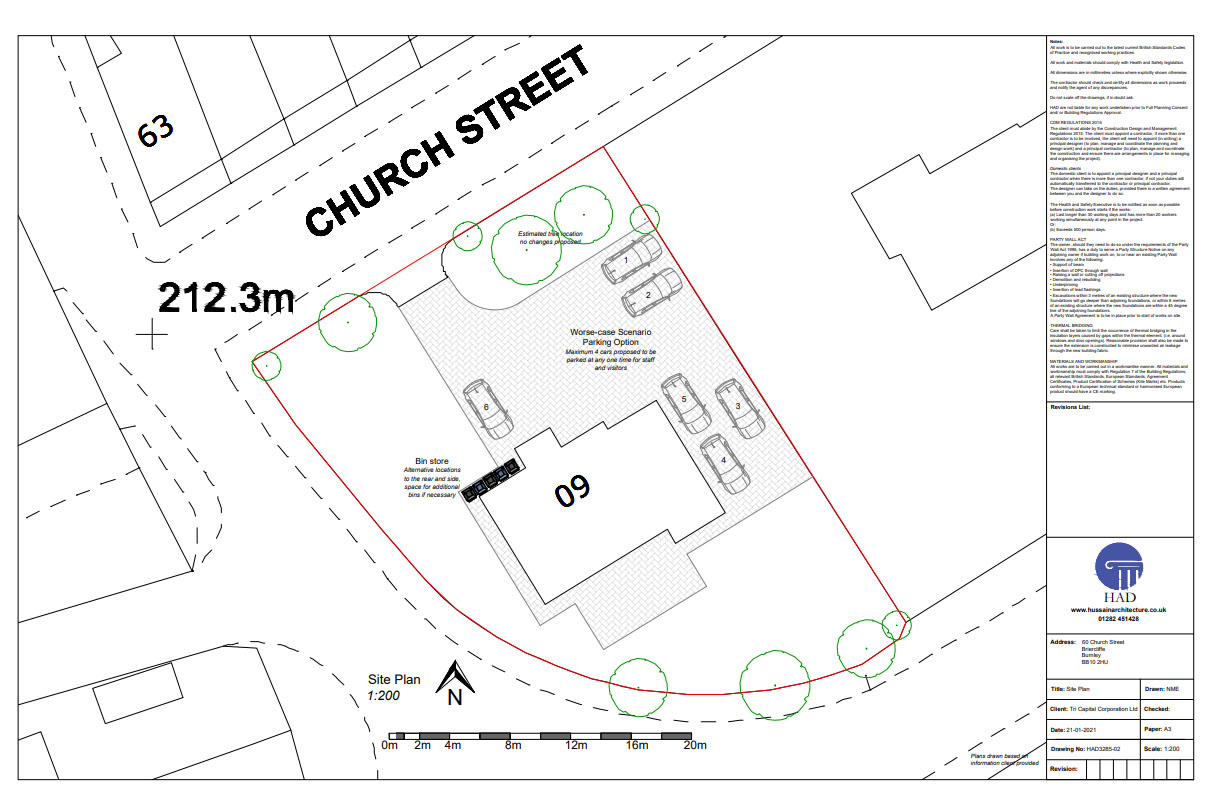
Service
BURNLEY COUNCIL
Change of use of single dwellinghouse (Class C3(a)) to Class - C3(b) use of house by unrelated individuals as a single household of no more than 6 individuals providing an element of care.
Lawful Development Certificate issued
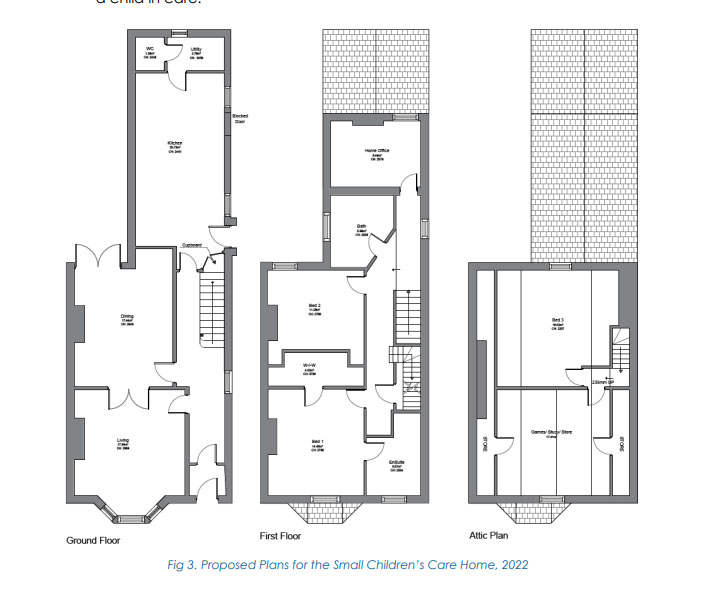
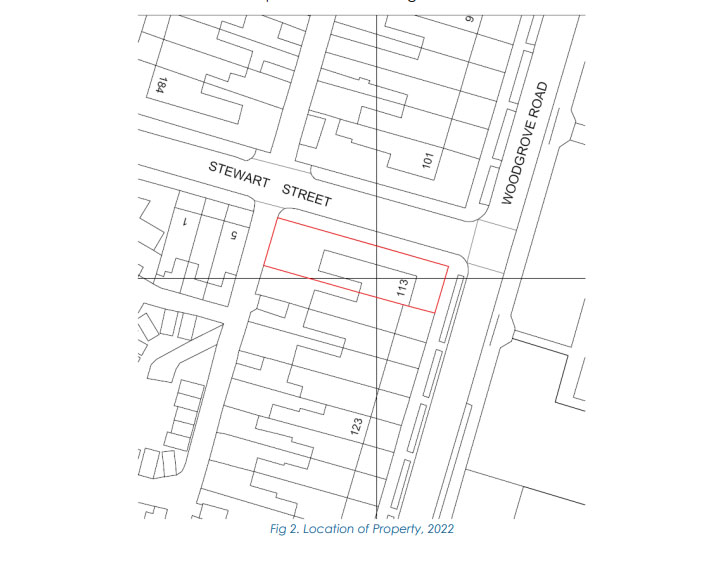
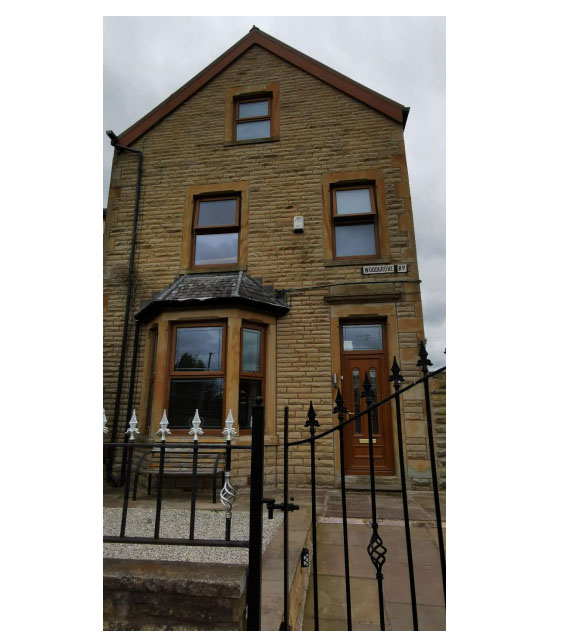
COLCHESTER CITY COUNCIL
Change of Use from C3 dwelling to C2 care home
Planning Approved
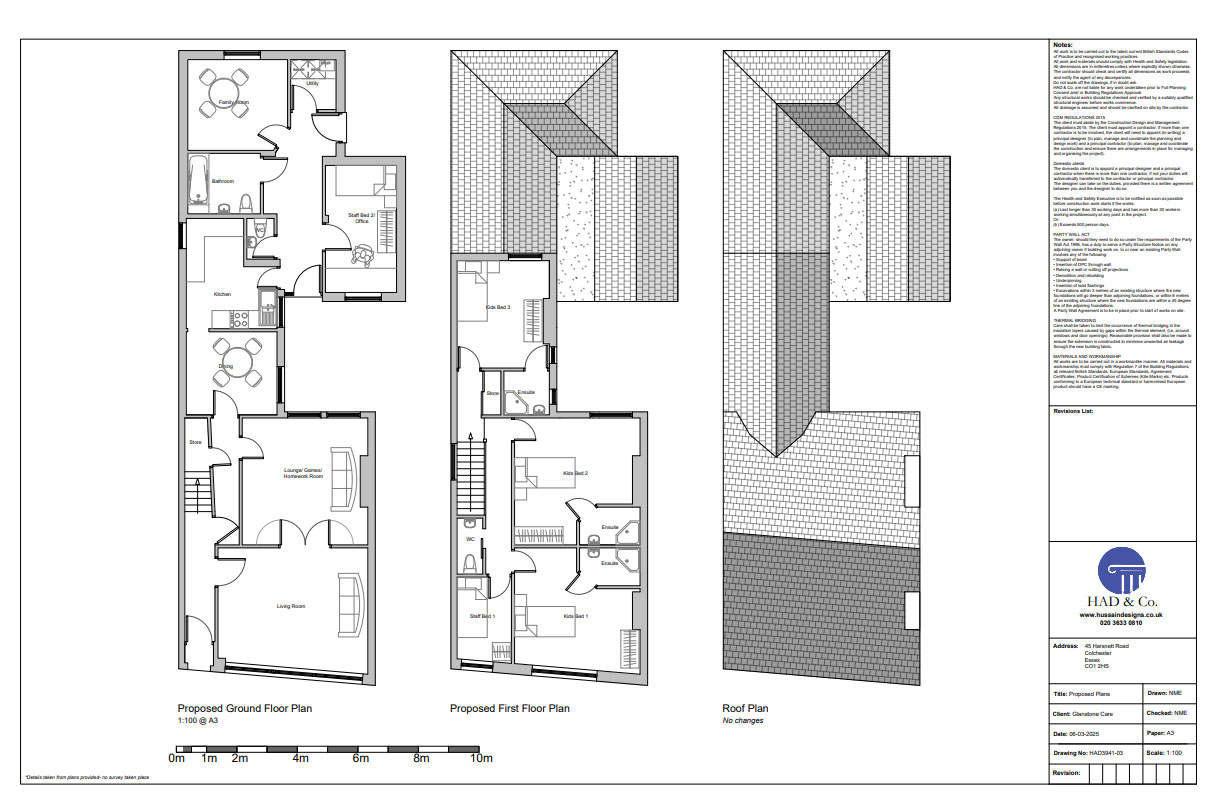
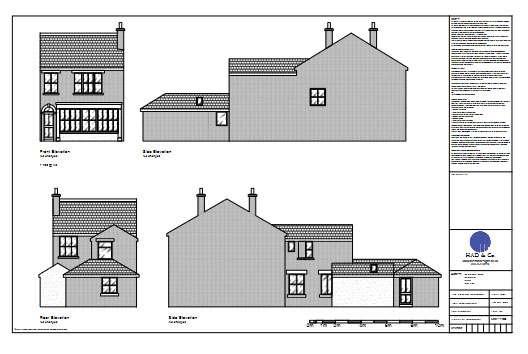
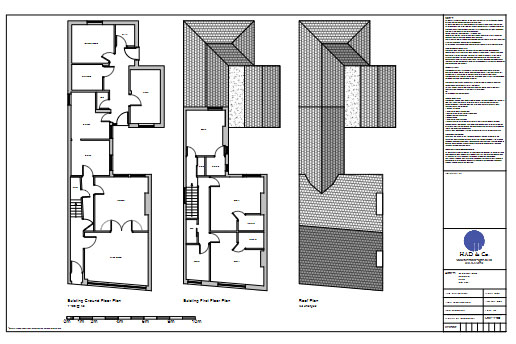
bOLTON cOUNCIL
CHANGE OF USE FROM VACANT NURSERY TO SANCTUARY
FAMILY ASSESSMENT CENTRE
Planning Approved
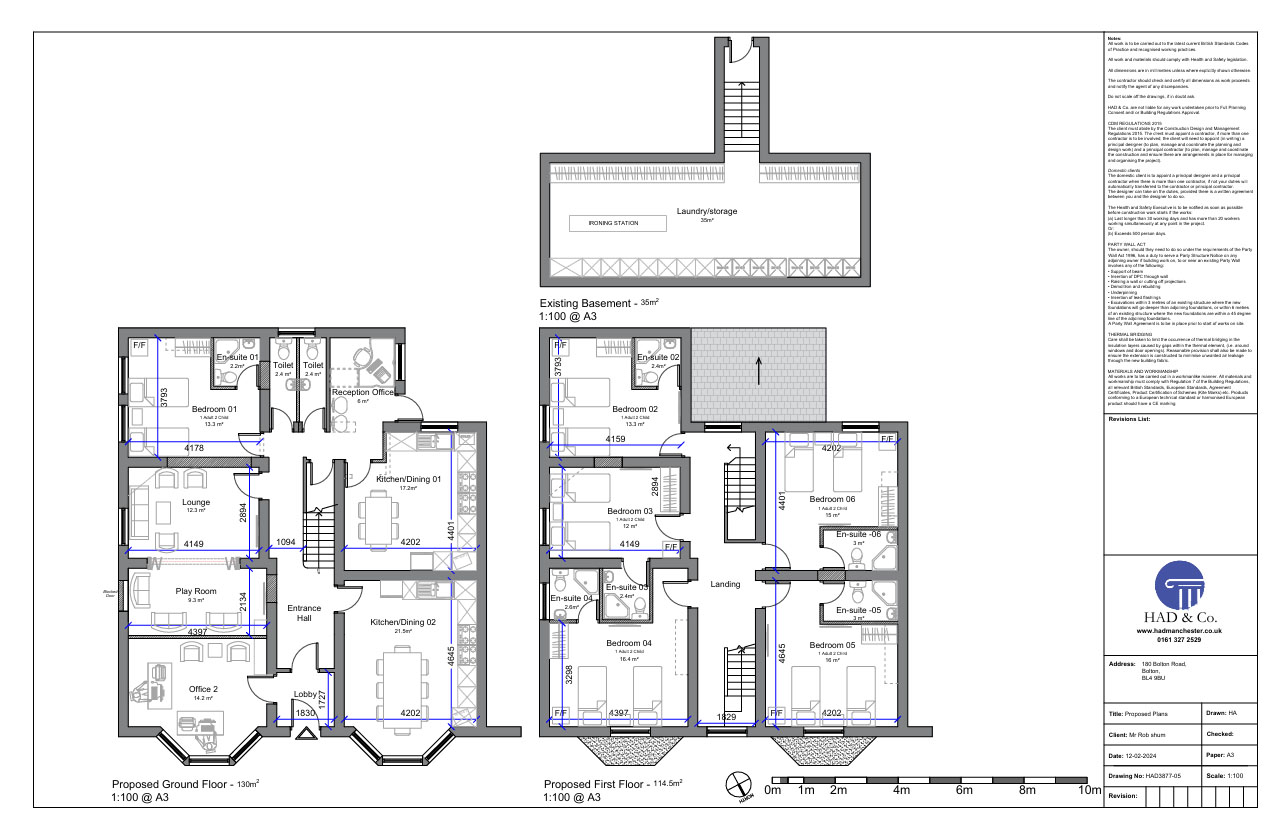
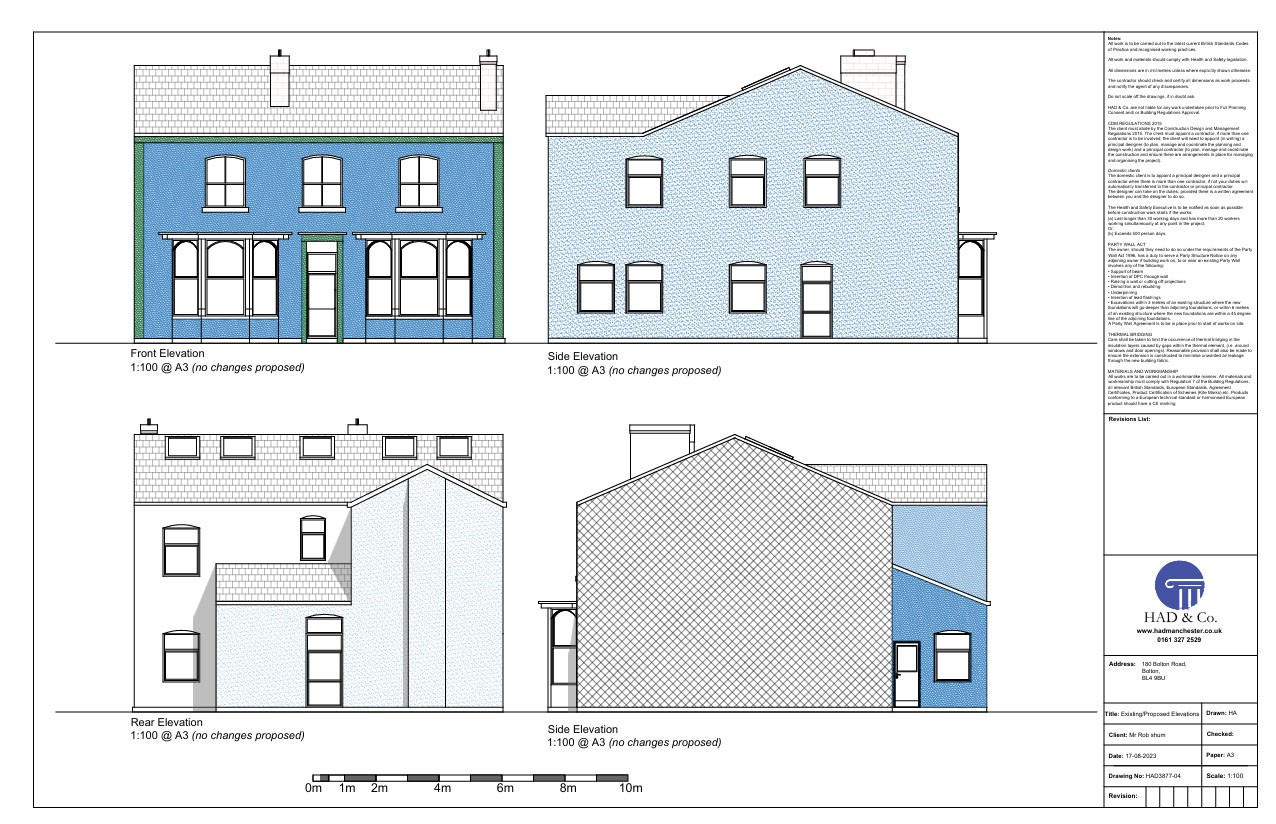
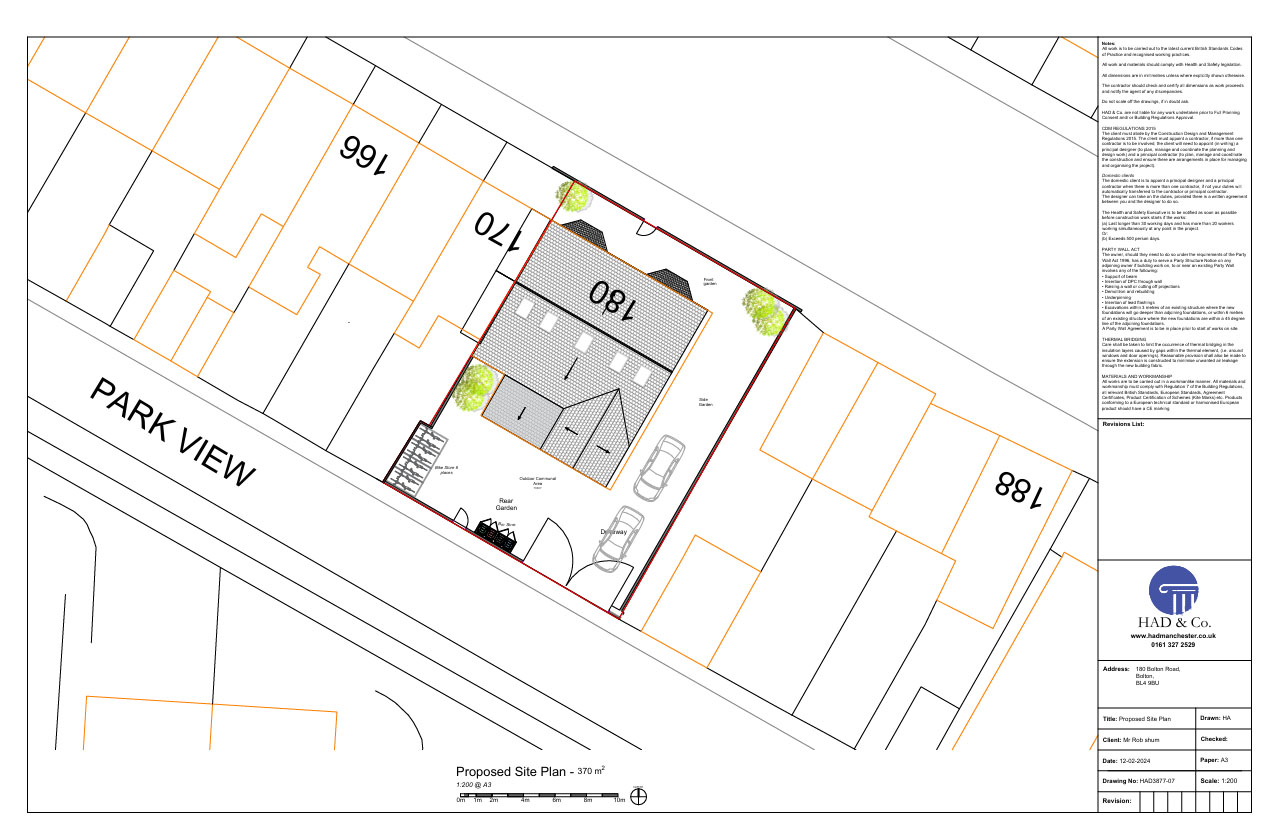
SALFORD CITY COUNCIL
Application for a lawful development certificate for proposed use of a dwelling (Use
Class C3) as a children's residential home (Use Class C2)
Planning Permission Approved

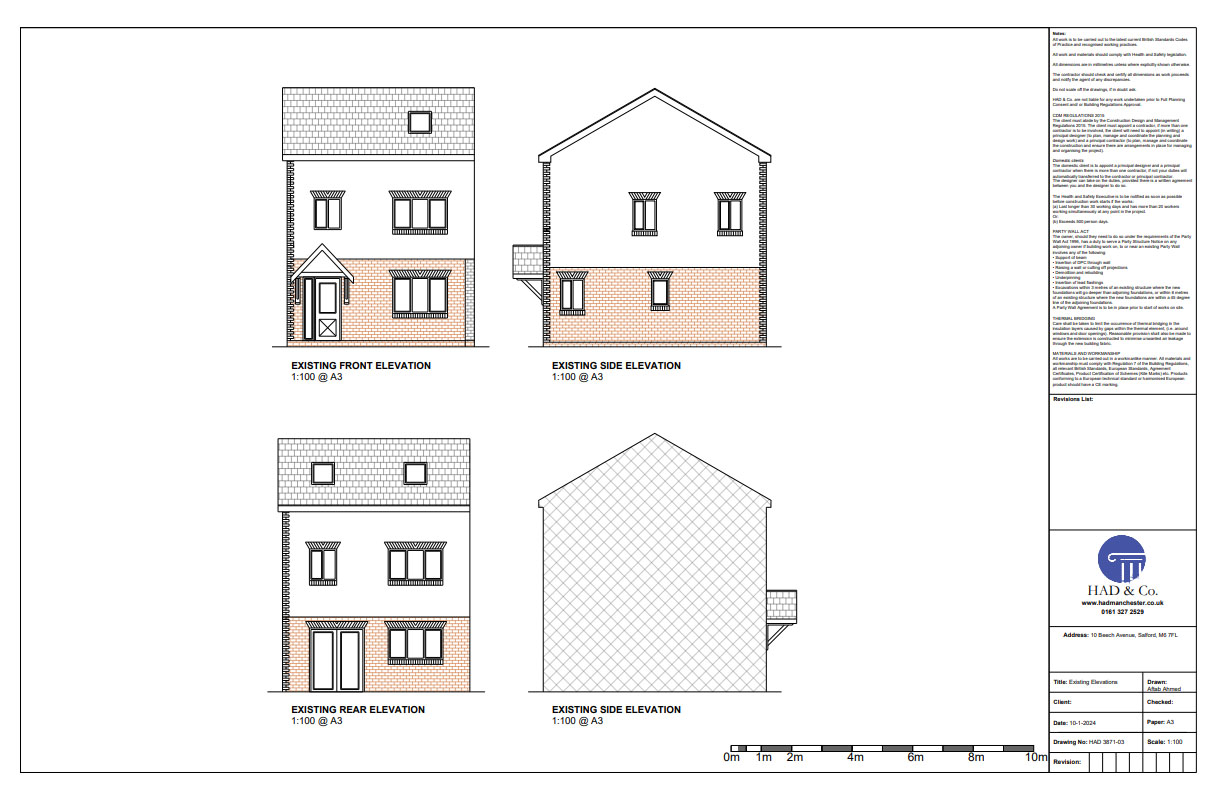
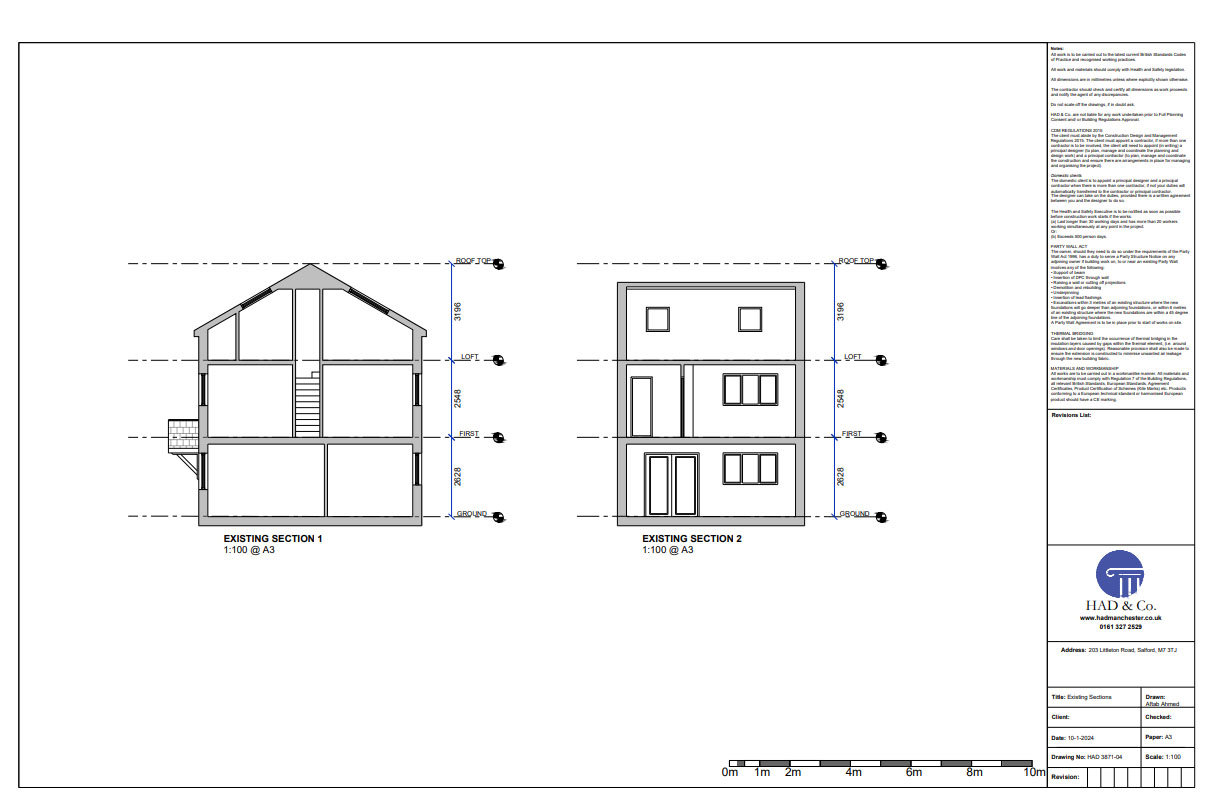
SUTTON
Large Care home
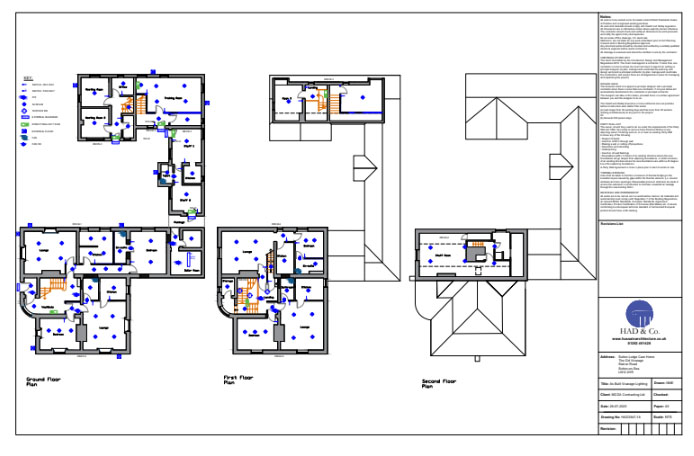
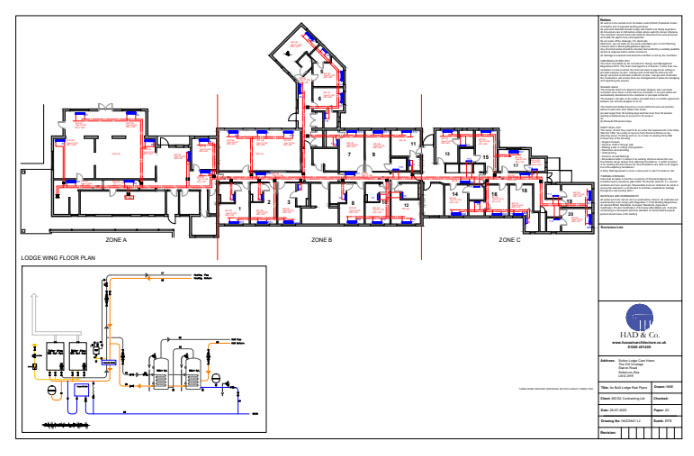

South RIBBLE BOROUGH COUNCIL
Retrospective application for the change of use from dwellinghouse (Class C3) Residential Children's Care Home (Class C2)
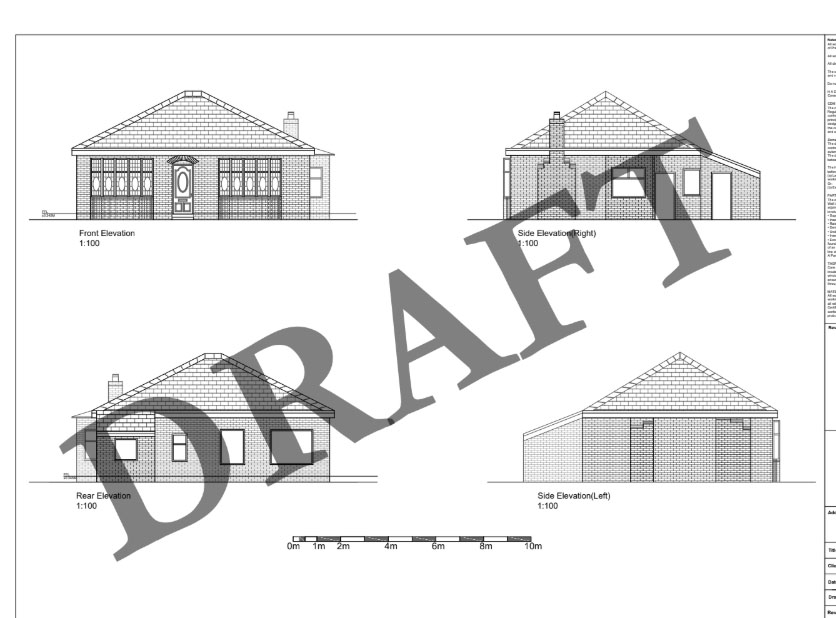
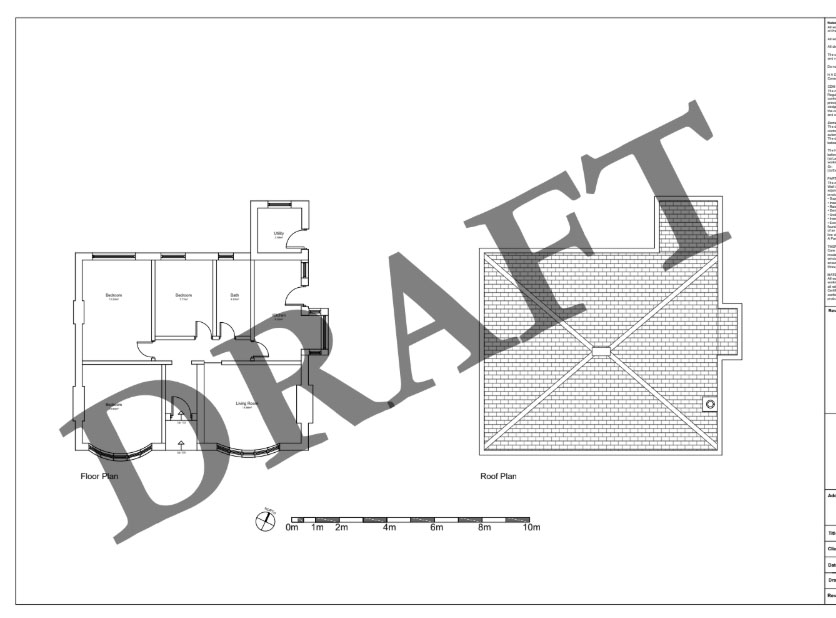
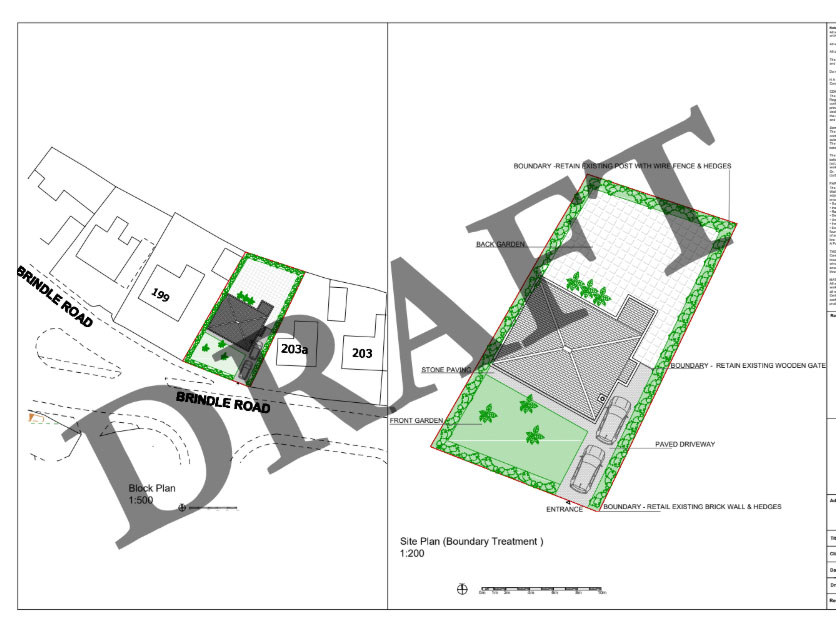
Service
HYNDBURN Council
Change of use from C3 (dwelling) to C2 (Children's care home)
Planning Approved
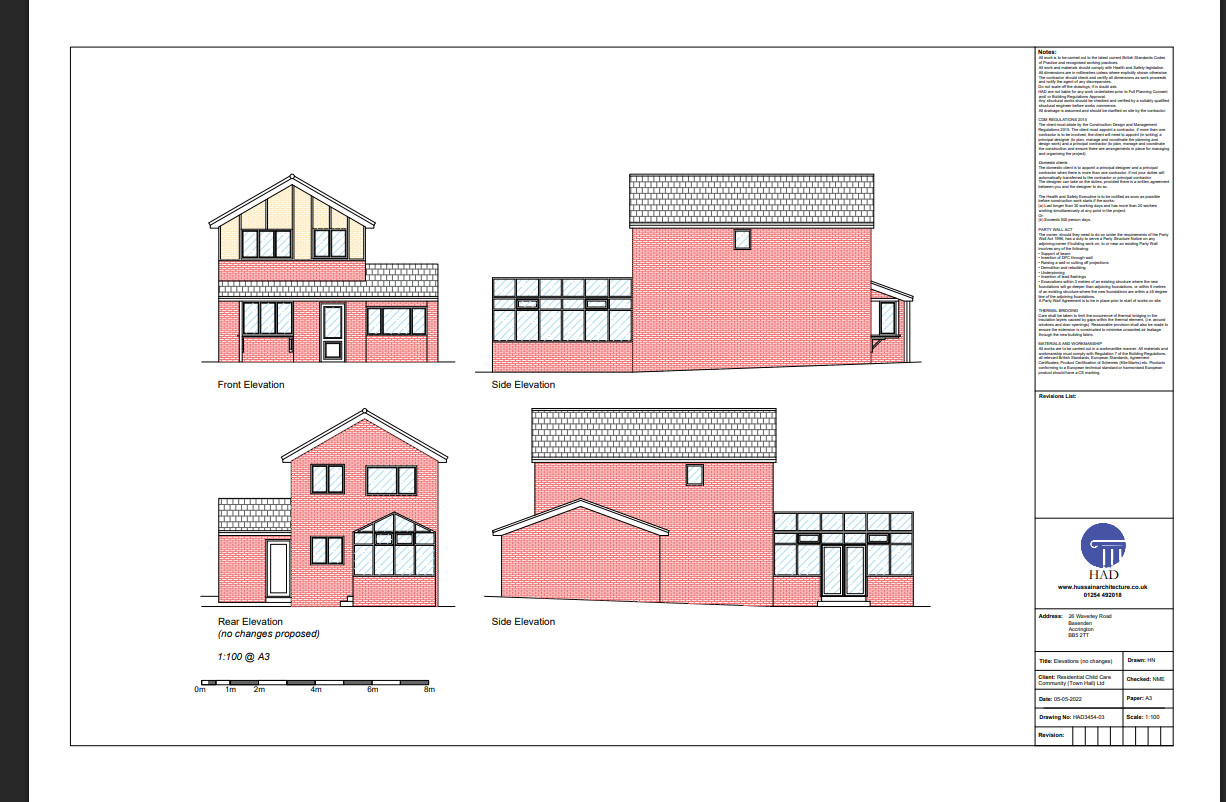
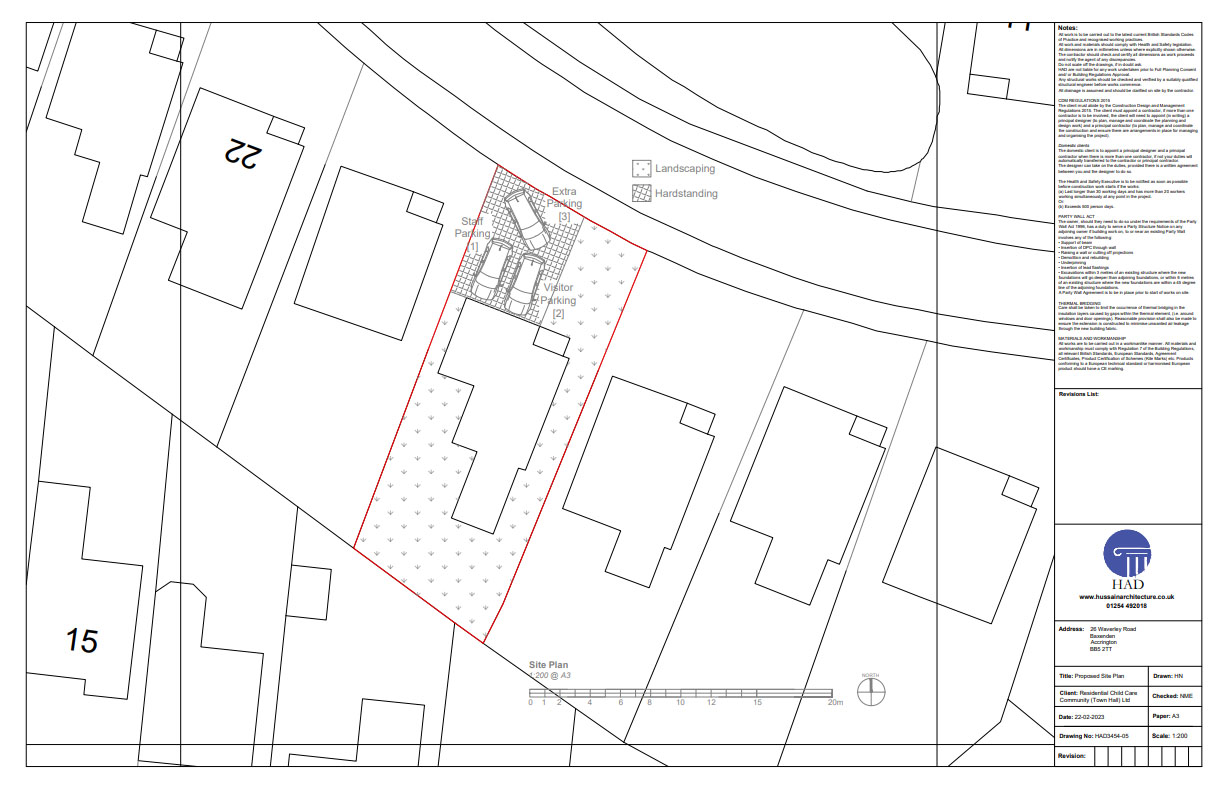
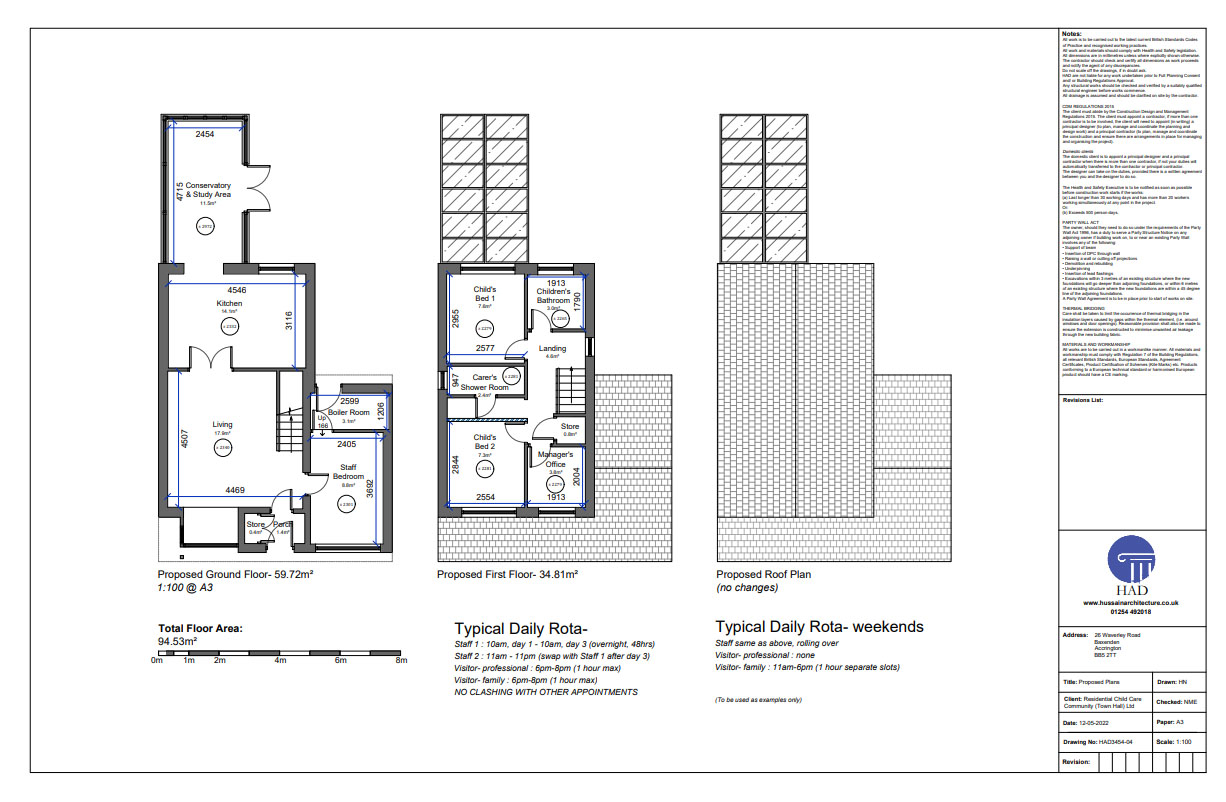
Northampton
Change of use from dwelling house (C3) to residential institution (C2)
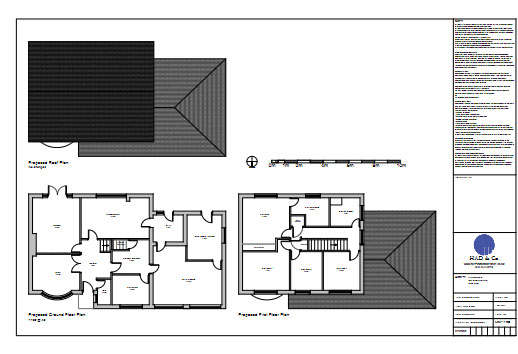
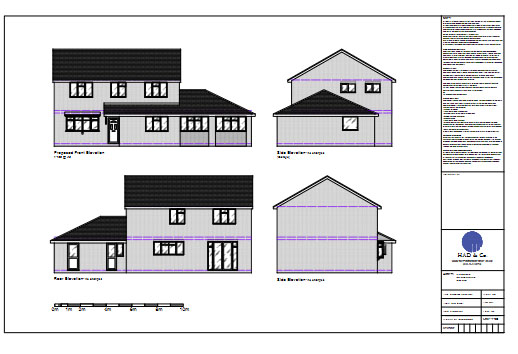
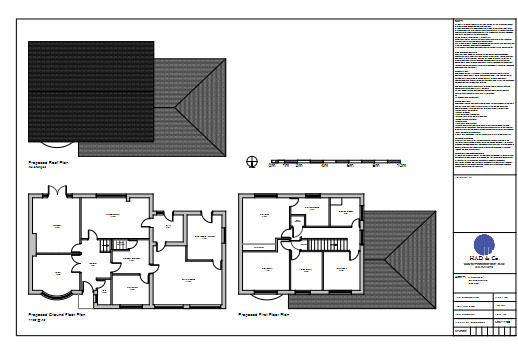
Our thoughts
Notes based on experience:
Planning:
The majority of councils and relevant planning case law categorise homes for looked-after children as C2. This classification arises from the definition of a “single household” in planning terms and various legislative interpretations. C3 encompasses those living together as a “single household.” However, as the children cannot live independently, the carers from the care company reside with them, meaning a care home can only be considered C3(b) if the carers are classified as full-time residents for the majority of their time. Given that most carers do not live permanently at the home and often work on a shift rotation, they do not constitute a single household with the resident children.
To ensure the homes operate as traditionally as possible, we utilise the “no planning material changes” regulation to demonstrate that a Lawful Development Certificate (LDC) can be granted (from C3 to C2). This indicates that the proposed changes are not deemed “planning material,” as the character and overall operation of the house will remain recognisable as a residential dwelling (similar to C3). Any property not classified under C3 will generally require full planning permission.
We also address the similarities between C3 usage and the proposed C2 use in our supporting statements. For instance, we consider the number of potential occupants in a household (which would be unmonitored and unenforceable) versus the regulated occupancy of strictly one child per room, with a minimum number of staff onsite overnight. We aim to keep descriptions general and uncomplicated, but if councils request specific numbers of children and staff, this could restrict the care company's flexibility in the future; therefore, it’s preferable to future-proof at this stage.
Recently, Ofsted has required these LDCs or planning permission notices to be submitted before registering a children’s home. Although LDCs are typically requested for small care homes, we also provide support for Full Change of Use applications as needed and have achieved success in these cases.
Staffing:
Staff typically work shifts of 12 to 24 hours, with some companies opting for a few nights to cover 48 to 72-hour shifts. The staffing ratio is generally 1:1, with one carer assigned per child. In exceptional cases, there may be 2 staff members for a child, as assessed by the care company and local authority, but usually, no more than one child in the home would require this additional support.
The typical staffing rota includes more staff during the day (maintaining the 1:1 ratio) and at least 2 staff members overnight (one sleeps over while the other remains awake on “waking watch”). The care company generally aims to recruit local carers who are already familiar with the area and can access it easily.
House Choice:
The ideal property is a detached house with a large garden, sufficient space between neighbours, located in a residential area with nearby local schools and parks. It should offer dedicated on-site parking and require minimal to no external changes. The property should include 2 separate bathrooms and an additional living space for private family, therapist, or social worker meetings.
As a rule, staff and children should have separate bathrooms or shower rooms. One of the staff bedrooms should also serve as an office space for storage of files and occasionally the children's valuables. Typical upgrades for such properties often include fire safety measures and enhanced security features (CCTV, electronic locking exit doors, etc.). Although the LDC covers the building's usage, it is easier to demonstrate that no external changes are proposed, thus avoiding confusion with the Approved LDC.
Management/Operations:
“High-risk” children are typically housed separately and do not mix with other children. Most small residential care homes do not accommodate high-risk individuals. Local authorities usually prefer that children remain within the same borough rather than being placed far from familiar areas. For example, it is reported that 70% of Lancashire children in care are placed outside the county.
Lancashire County Council recently stated: “There are 335 children’s homes in Lancashire, of which 318 are agency children’s homes. 66% of the agency homes are not caring for Lancashire children and young people, making it challenging for the applicant to find suitable placements.”
It is advisable for care companies to provide a shared vehicle for staff, such as a large family car or minivan, to facilitate travel for all children and accompanying staff. This vehicle use can also be shown to assist with staff changeovers, thereby reducing the number of cars on site. Additionally, agreeing on the use of nearby car parks can help mitigate parking concerns linked to staff and visitors. Encouraging staff to utilise transport options, such as bus passes and secure cycle storage, can further alleviate parking issues.
Councils:
We conduct comprehensive desk studies to assess how local authorities are likely to perceive applications and advise on the most effective strategy. For councils with which we have prior experience, we are well-informed; in new boroughs, we rely on our research to gauge potential outcomes.
Statement Questions:
Number of children and age range.
Total number of staff during the day.
Total number of staff overnight.
Typical staff rota: Staff 1 and 2 start at [time], finish at [time], changeover to Staff 3 and 4 at [time] until [time], etc.
Cars proposed on site, including type and model (e.g., mini-van).
Any proposed car-share schemes for staff, or confirmation that only local staff will be employed (who can walk or cycle to work).
Typical visit frequency and types (e.g., therapists, home tutors, Ofsted representatives, family visits).
Source of the children (Local Authority or elsewhere in the country).
Any special needs or circumstances that need to be disclosed.
Examples of Ofsted reports from other homes and management policies demonstrating competency, along with relevant experience details.
Provision of your “Statement of Purpose,” if available, as this can often help address many of the above questions.
First-Time Applicants:
If the care company is a start-up and lacks existing Ofsted reports, submitting a copy of the “Statement of Purpose” and providing a statement highlighting the experience of those involved can demonstrate their credibility. This background should reflect their understanding of the procedures necessary for effectively running a children’s care home.
Neighbours:
While an LDC is not sent to neighbours for comments under Planning Law, they may learn about the application and submit objections or comments. Such objections must comply strictly with planning law to influence the decision. Full Change of Use applications will involve notifying neighbours, which often leads to negative responses.
Common Neighbour Comments We’ve Encountered:
Parking: Highway safety is a significant concern that can derail an application.
Noise: Perceived impact on the right to enjoy privacy.
Health and Wellbeing: Concerns about potential detriment to neighbours' health and wellbeing.
Security: Fears of anti-social behaviour or criminal activity; however, case law states that “fear of crime” is not a valid planning concern and cannot be a basis for refusal. Some of these comments have been actual objections.
Business Use: Opponents may argue that a residential property should not be used for business purposes, a point disputed due to the scheme's residential nature.
Wildlife: Claims about potential detriment to wildlife.
Foster Care: Queries about why children cannot be placed in foster care instead, highlighting that a shortage necessitates these homes.
Property Values: Concerns about impacts on house prices and selling potential, which are not considered planning material.
Some care companies proactively engage with neighbouring residents to inform them of their intentions before submitting applications. This transparency can foster a sense of approachability. Additionally, providing contact information allows neighbours to ask questions, enabling us to identify and address any concerns or objections prior to applying. In some instances, positive interactions with neighbours can lead to supportive petitions for the care home, as there are often individuals with experience in the care sector, either personally or through their families.